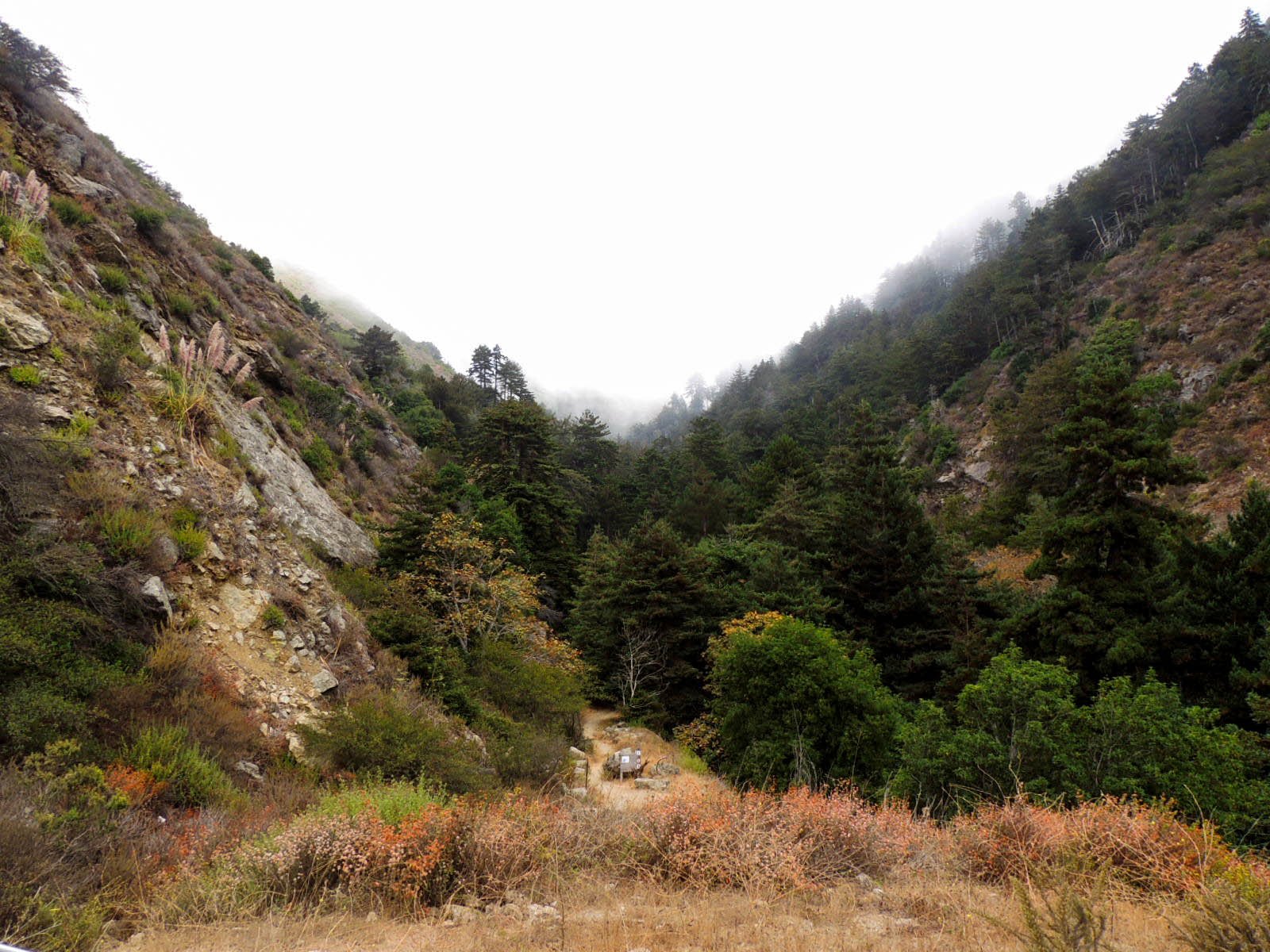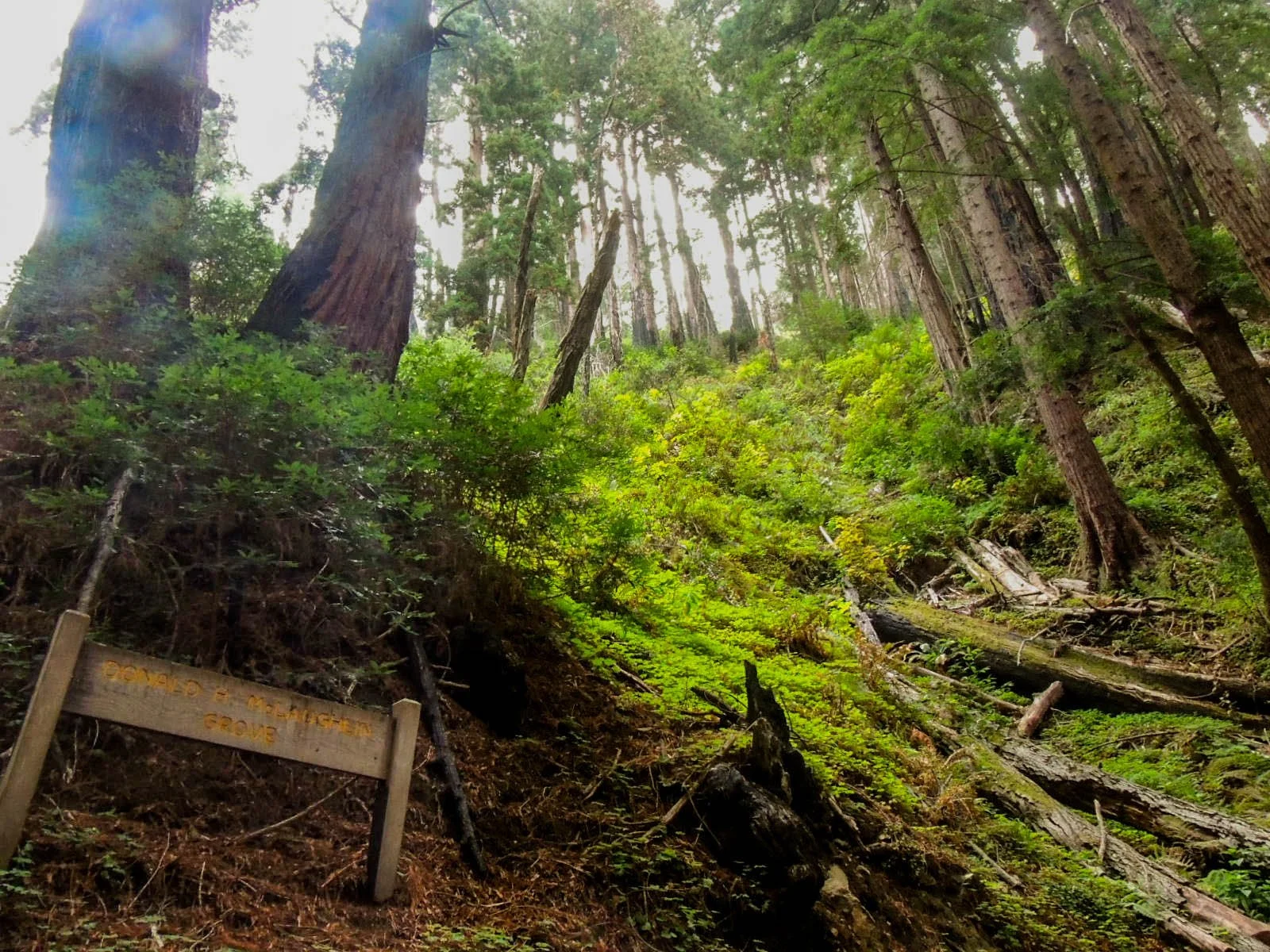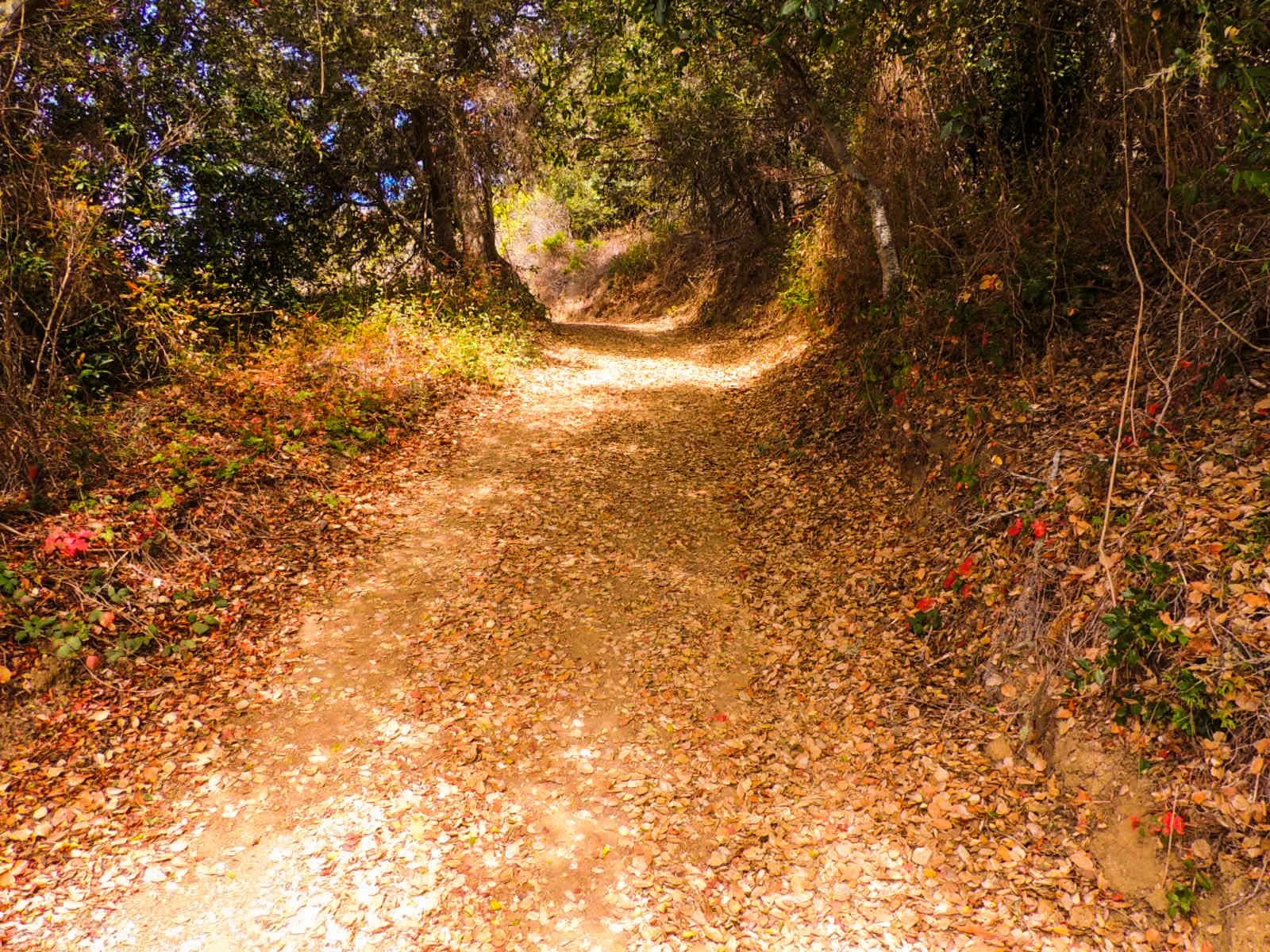
The Tanbark Tinhouse: Big Sur's Hidden Gem
Big Sur, California: A location unrivaled.Hearing stories of its wonders does nothing compared to seeing the sheer rock cliffs that tumble into the ocean, or hiking along mountains that overlook waves along the serpentine coast.Lost in a world of nature, one can have a hard time deciding on a place to stop and explore.
However, deep within Big Sur’s forest lies an abandoned tin house that provides equal intrigue and mystery.The house overlooks the bay from the top of a mountain and blends strange history with modern art.Its construction took place in 1944 by New York Congressman Lathrop Brown and his wife. They wanted a place to avoid the coastal fog and hauled two broken down gas stations up the back side of the mountain.
Once they’d finished, the Browns stayed one night before abandoning their home.According to legend, the tin made loud noises with the fluctuating temperatures, and the result wasn’t ideal.
Unable to sleep as much as they thought,they left the house to become an icon.
Now, one can access the house through a trail called Tanbark. Though comparatively shorter than other hikes in the Big Sur hall of fame, it’s still a hiker’s paradise.Located six miles south of the Nepenthe restaurant, the entrance lies in the middle of a curve on the street.Though finding it may be difficult, the result makes the search worth it.Once we’d arrived, three miles sounded like nothing from the bottom of the ravine.
Laughable, even.
We merely had to follow the alluring call of the forest that begged us to search within its depths. The haunting melody promised to guide us through unharmed and quelled any anxiety of getting lost. Just past the entrance, the trickle of the Big Sur River drowned out any other noise. The trees thickened and blotted out the sun.
Silence consumed us.
The sounds from the highway mere feet behind us disappeared. Apart from the random meeting of a passing hiker, we found no connection to the outside world. Cell service is anything but available here, which only adds to the wonder.We followed along the river before landing at a fork in the trails at the Donald H. McLaughlin sign.
After that, the trail wraps around a large oak tree and begins its upward trek.The path angles so high, any hopes of this trail being smooth vanish as it zigzags around the mountain.
A large canopy of trees shaded the sun’s rays and kept us cool as we hiked further. The echo of the river kept us company along the way, like a familiar friend keeping us on track.
We weaved through a large field of clovers that decorated the entire side of the mountain and mixed with the burned down trees from the numerous fires that attack a drought-ridden California.It wasn’t long before we caught our first glimpse of the ocean wedged between the surrounding mountains. It faded in and out of sight as the trail curved, but marked our distance all the same.
Just when we passed the most intense part, we thought we’d made it. Three miles had never felt so long, and it couldn’t possibly be any further.
We groaned as we discovered we’d only made it halfway.
The river eventually faded, and we found ourselves immersed in thick trees and cooling air. Various gusts of a breeze sent chills as our clothes stuck to us, damp and skin-tight from the exertion.The ocean disappeared not too long after its first sighting, only to reveal itself again when we summited.By the time we had gotten there, the clouds had rolled in to mimic a view from an airplane.
A thick layer of clouds welcomed us as we reached the apex, like an untainted layer of snow as far as our eyes could see.The fog rolled in through the trees beneath us and transported us into a fantasy land right before our eyes. A sense of danger from the narrow trail mixed with the excitement of looking at the world from the top of it as we continued to search for the fabled tin house in the woods.We eventually came across a sign that pointed upward to continue the Tanbark Trail.
After accidentally turning the wrong way due to the misleading arrow carved in the sign, we arrived.
Though the house has suffered much graffiti, it shows seventy years’ worth of memories. They’re engraved on every available inch to prove why it’s considered a work of art over an abandoned house.We sat on the front porch of the house to eat, rest our tired legs, and bask in our completion of the vigorous hike.
Once rested, we checked the inside of the house.
The roof in the bedroom doesn’t exist, and the windows are sprawled across the floor. Broken glass and rusted nails are scattered about to help keep out unwanted travelers. The graffiti inside, however, proves that the deterrent isn’t always affective.
Regardless of the damage done and despite any potential horror stories, the house doesn’t emit any eery vibes.
The house may be rusted and forgotten, but it provides a place of serenity from the broken world beneath it.
Besides the Tanbark trail, a fire road also acts as a faster exit or a steeper entrance. When it’s time to leave, you can either hike back down the three miles of rough terrain, or you can head straight down the fire road.Either way, it is equally as difficult, if not more, than the trail that weaves through the mountain.
Should you decide to take the fire road down, you’ll work your way down a different side of the mountain, and your next ocean view will be of the entire Big Sur coastline down the south.It takes less than a quarter of a day to complete the hike, and while straining, it won’t claim every last bit of energy you have.
That said, don’t let the lack of mileage fool you into thinking it’s an easy and short hike! Be sure to bring enough food and water to sustain you, especially if you’re unfamiliar with the California sun!
If you’re wondering what the hype in Big Sur is all about, the Tanbark is a trail that will fulfill your wonder — and then some!
Getting there: The beginning of the trail rests at the center of a curve six miles south of the Nepenthe restaurant, just before the Julia Pfeiffer Burns State Park.
Best time to go: The weather stays pretty consistent throughout the year in the Monterey area. If you’re looking to avoid the hype of the tourist season, October-December are ideal times for extra peace. February-April will bring in the spring colors, and the summertime will guarantee good weather (but may also result in forest fires).
Further information on the trail and other hikes can be found here.






